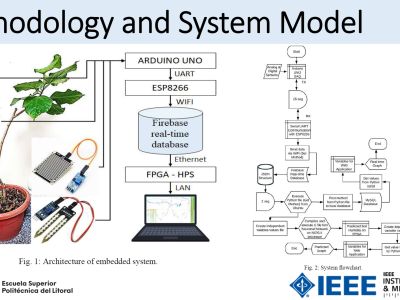3 DOF Kinova Experimental and Simulation Dataset

- Citation Author(s):
-
Jing Wang
- Submitted by:
- JING WANG
- Last updated:
- DOI:
- 10.21227/q02k-vh55
- Data Format:
 142 views
142 views
- Categories:
- Keywords:
Abstract
This dataset comprises three degrees of freedom (3 DOF) sensory data and simulation data collected from a Kinova robotic arm. The sensory data includes real-time measurements from the robotic arm’s joint positions, velocities, and torques, providing a detailed account of the arm’s dynamic behavior. The dataset also includes simulated data generated using a high-fidelity physics engine, accurately modeling the Kinova arm’s kinematics and dynamics under various operational scenarios. This comprehensive dataset is designed to support research and development in robotics, particularly in areas such as control algorithms, machine learning, and robotic arm optimization. It offers a valuable resource for benchmarking, validation, and the development of advanced robotic systems.
Instructions:
Instructions for Using the Kinova 3 DOF Sensory and Simulation Dataset
1. Dataset Structure:
- Sensory Data Folder:
- Contains real-time measurements from the Kinova robotic arm.
- Files are organized by joint data (positions, velocities, torques).
- Data is stored in XLSX format, with each file corresponding to a specific experiment or time interval.
- Simulation Data Folder:
- Includes simulated kinematic and dynamic data of the Kinova arm.
- Data is stored in XLSX or MAT files, depending on the simulation environment used.
- Files are categorized based on the type of simulation scenario.
2. Loading the Data:
- Python:
- Use the `pandas` library to load XLSX files:
```python
import pandas as pd
sensory_data = pd.read_excel('path_to_sensory_data.xlsx')
```
- For MAT files, use `scipy.io`:
```python
from scipy.io import loadmat
simulation_data = loadmat('path_to_simulation_data.mat')
```
- MATLAB:
- Load XLSX files using `readtable` or `xlsread`:
```matlab
sensory_data = readtable('path_to_sensory_data.xlsx');
```
- Load MAT files directly:
```matlab
load('path_to_simulation_data.mat');
```
3. Interpreting the Data:
- Sensory Data:
- Columns typically represent joint positions, velocities, and torques.
- Time stamps (if included) provide temporal context for each measurement.
- Simulation Data:
- Simulated joint angles, velocities, and forces are provided.
- Data is organized to mirror the structure of sensory data for easy comparison.
4. Using the Data for Analysis:
- Benchmarking:
- Compare real and simulated data to evaluate the accuracy of simulations.
- Control Algorithm Development:
- Use the dataset to train and test control algorithms for robotic arms.
- Machine Learning:
- Apply machine learning techniques to predict arm behavior or optimize control strategies based on the dataset.








Please refer to the details